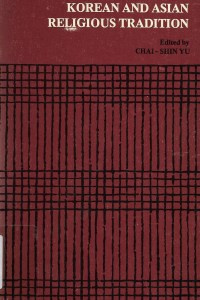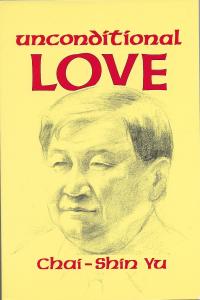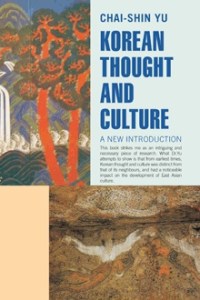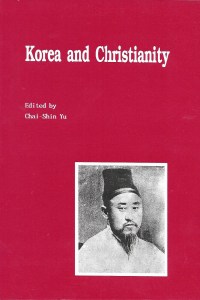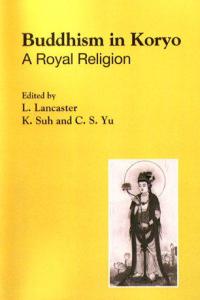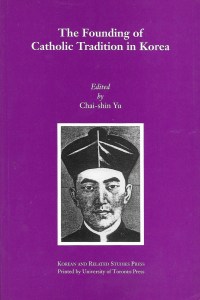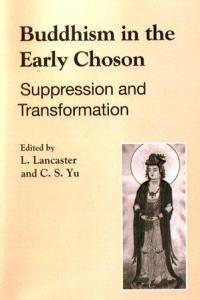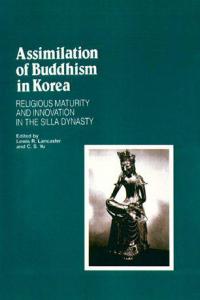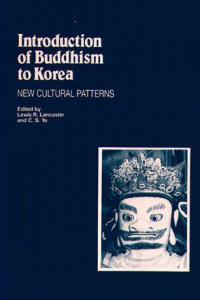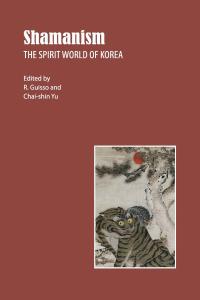As a practice community, Buddhism attracted individuals with a great variety of backgrounds. There was little power or financial resources available to the Buddhists and most monasteries were struggling concerns. Nevertheless, out of this community, so despised and persecuted by the governing officials, came a succession of religious leaders, recognized and honoured for their practice. In a sense, Choson Buddhists discovered the old Indian formula for life's torment. They found that the 'ascetic solution' was available and effective. Like their founder, they had to turn away the palace and in a place of austerity and concentrated meditation, find their destiny. Choson Buddhism had a dark side to its history. Often unrecorded in the official documents of the time, the development of the religion continued. There is a need to look more carefully at the story of the meditation masters of this period. From their isolation and humble positions in a society dominated by Confucian elites, these master have left a tradition of practice and teaching which survives to this day. They deserve to have some recognition. The idea that Choson Buddhism was only a declining tradition, fading away to oblivion, needs to balanced by an objective exploration of the strengths of the tradition.
